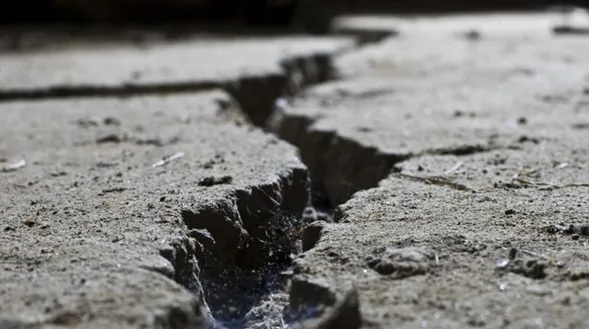
Earthquakes are one of the most common natural disasters in Indonesia. This is due to Indonesia’s location in the tectonic region with the meeting of earth plates. Therefore, it is necessary to anticipate earthquake disasters, one of which is preparing earthquake-resistant houses.
To make an earthquake-resistant house, it is important to find out about materials and materials that are sturdy and strong. In addition, it is equally important to design an earthquake-resistant house. If you are going to build a house, pay attention to the location of the construction. It is not impossible that you have prepared earthquake-resistant materials but still suffer losses due to the location of your house that is prone to earthquakes.
Launching from a book entitled ‘Guidebook for Reconstruction of Earthquake Resistance Houses’ published by the Earthquake Engineering Research Institute explains that there are several locations that should be avoided when living in earthquake-prone areas.
Location Near Steep Slopes
If you live in a rural area or an area where there are still many hills, then avoid building a house at the foot of the hill, such as in the middle of a narrow hill and steep slopes. Also avoid terrain that is difficult to traverse or access. Usually houses built near hills full of steep slopes are often found in mountainous locations as villas.
Houses built near steep slopes are potentially more susceptible to damage than houses built on flat topography. However, if you are still going to build in this location, then take precautions such as terracing or reinforcing the walls of the house to avoid heavy damage.
Landslide Prone Areas
It is definitely not advisable to build a house in a landslide-prone area. This is because when an earthquake occurs, the landslide-prone areas can wipe out houses, buildings, or anything in the vicinity. So, it is necessary to know the locations prone to landslides to avoid earthquake damage as well as landslides.
Riverbank
Riverside areas are also locations or areas that should be avoided for building houses. Riverbanks are potentially prone to flooding and liquefaction, which is the liquefaction of soil that can occur due to earthquakes. This also prevents flash floods and heavy damage from earthquakes.
On Soft Soil
We also need to know the type of soil on which to build a house. Avoid building a house on full or soft soil. This will cause the base of the house foundation to decrease. In addition, the foundation will be vulnerable to being exposed or damaged by soil scouring. If you want to build a house on fill soil, then make sure the foundation of the house must be strong enough and deep enough so that it rests on solid ground not on fill soil.
That’s the explanation of locations or areas that you should avoid when building a house as a prevention against earthquake disasters. Hope it’s useful!
Source: detik.com


